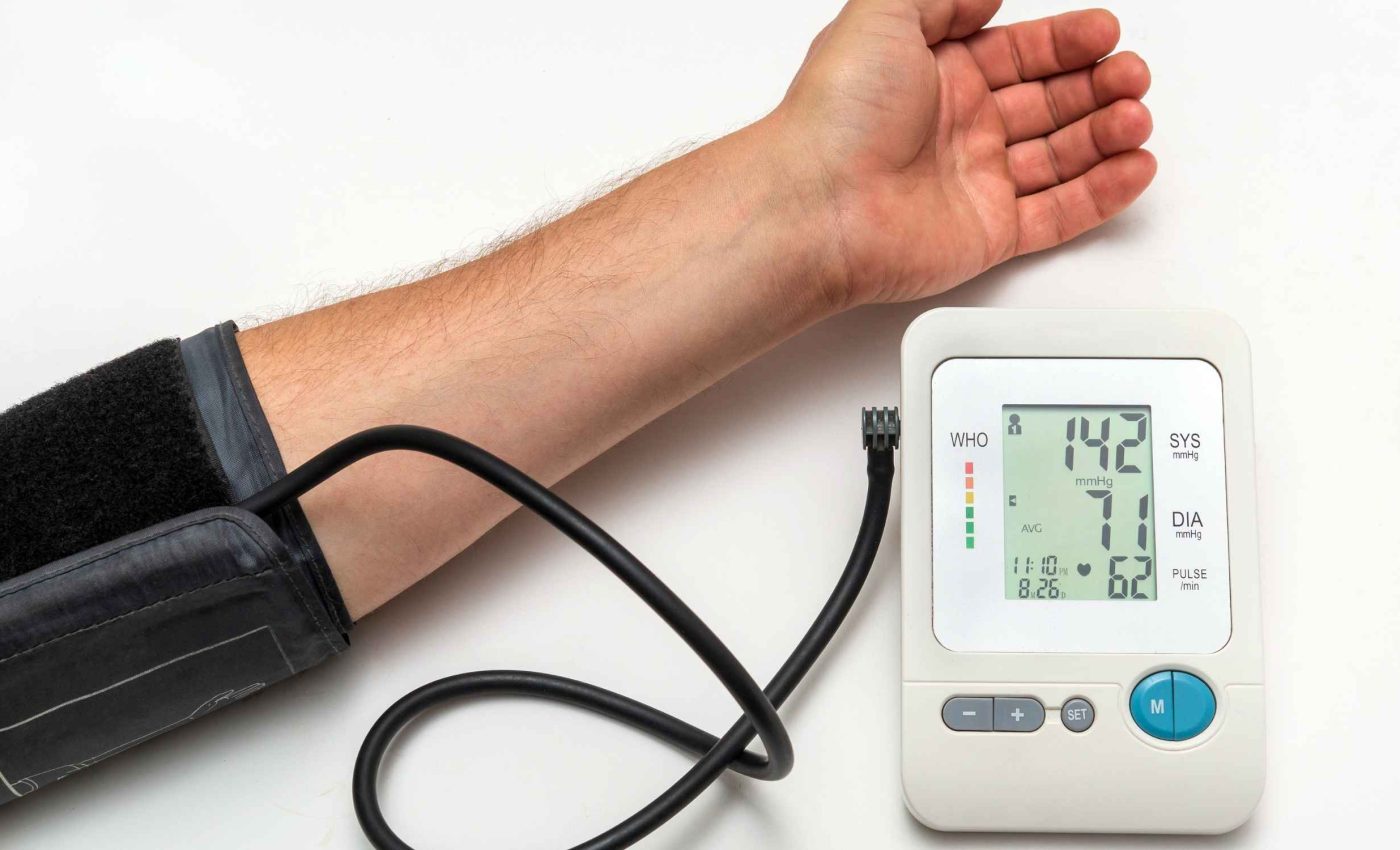
How you position your arm can alter blood pressure readings, according to scientists
High blood pressure drives heart attacks and strokes, yet the routine test that spots it can be surprisingly fragile. Two inches of arm drift are enough to nudge the reading into the danger zone.
A crossover trial at Johns Hopkins now shows that a patient who lets an arm dangle may appear up to 7 millimeters of mercury higher than one whose arm rests on the exam‑room desk.
That difference can tip a person’s blood pressure reading from “elevated” into dangerous “stage 2” territory.
Tammy Brady, MD, PhD, of the Johns Hopkins University School of Medicine, led the investigation that re‑created three real‑world postures seen in clinics every day.
How the study was designed
To mimic real checkup conditions, researchers asked each participant to walk for two minutes before every blood pressure reading. Then they rested for five minutes in a quiet room, seated with back and feet supported.
Each person went through four rounds of triplicate measurements using different arm positions. By repeating the desk-supported reading at the end, the team accounted for natural blood pressure shifts over time.
Why blood pressure can fool us
Nearly half of U.S. adults live with hypertension, the persistent elevation of arterial pressure that strains the heart and vessels.
Clinicians rely on a single snapshot often taken in less than a minute, to decide whether to start lifelong medication.
The study enrolled 133 Baltimore volunteers aged 18 to 80 and rotated them through desk‑support, lap‑rest, and side‑dangling positions.
Researchers used automated cuffs to remove observer bias and repeated the desk posture at the end to control for natural fluctuations.
Compared with the desk standard, a lap‑supported arm averaged 3.9 mmHg higher systolic and 4 mmHg higher diastolic. An unsupported arm reached 6.5 mmHg and 4.4 mmHg above the baseline for those same numbers.
What the trial uncovered
In fast-paced clinics, staff may skip best practices without realizing the consequences. It’s common to see rushed exams where patients hold their own arms or sit on exam tables without support.
These shortcuts might seem minor in the moment, but repeated over time, they add up. Misreadings can creep into charts, shape diagnoses, and affect treatment plans that last for years.
“If you are consistently measuring blood pressure with an unsupported arm, and that gives you an overestimated BP of 6.5 mmHg, that’s a potential difference between a systolic BP of 123 and 130,” warned Sherry Liu, M.H.S., referencing the clinical jump from “elevated” to “stage 1”.
The pattern held in younger and older adults, in people with and without obesity, and in those already diagnosed with high pressure.
How to properly take blood pressure
Desk‑level support keeps the cuff’s mid‑point at mid‑heart height, equalizing hydrostatic pressure along the arteries.
Drop the arm, and gravity demands a higher force to push blood upward, so the gauge records extra pressure.
The American Heart Association instructs nurses to seat patients in a backed chair, feet flat, legs uncrossed, and arm resting on a firm surface that aligns with the right atrium.
Even well-trained clinicians don’t always follow textbook guidelines. In busy offices, there’s pressure to move quickly, and details like arm height can get overlooked.
Some providers might think close is good enough, but the research shows that “almost right” still leads to wrong numbers. Unless someone checks posture intentionally, errors can become routine.
At‑home monitors need help
Millions measure at home, yet many kitchen tables are too low to mimic clinic desks. A pillow under the elbow or sliding the device onto a higher counter can close the gap.
Cuff size matters as well; sleeves that are too narrow can push readings 5 to 10 mmHg higher, a problem affecting about 12 percent of Black Americans with larger arm circumferences.
Poor technique leads to misdiagnosis
Even small inaccuracies in readings can have a big impact on a person’s health journey. An overestimated result could lead to an incorrect hypertension diagnosis, prompting unnecessary prescriptions or anxiety.
On the other hand, a reading that seems only slightly elevated might prevent someone from getting the treatment they actually need. Proper positioning is not just about data quality – it can change real-life decisions and outcomes.
Brady’s team plans to test whether a simple reminder on the device screen: “Rest arm on table” nudges behavior in primary‑care offices. They also want to see whether the error shrinks with wrist cuffs that use built‑in position sensors.
Public‑health specialists hope standard positioning can prevent thousands of unnecessary prescriptions each year, reducing side effects and costs without compromising cardiovascular safety.
The study is published in JAMA Internal Medicine.
—–
Like what you read? Subscribe to our newsletter for engaging articles, exclusive content, and the latest updates.
Check us out on EarthSnap, a free app brought to you by Eric Ralls and Earth.com.
—–













